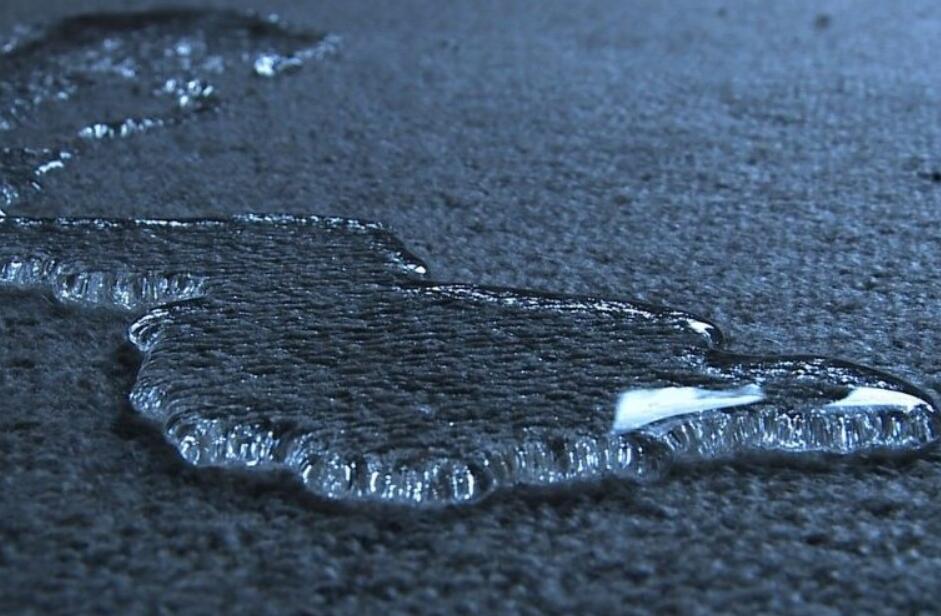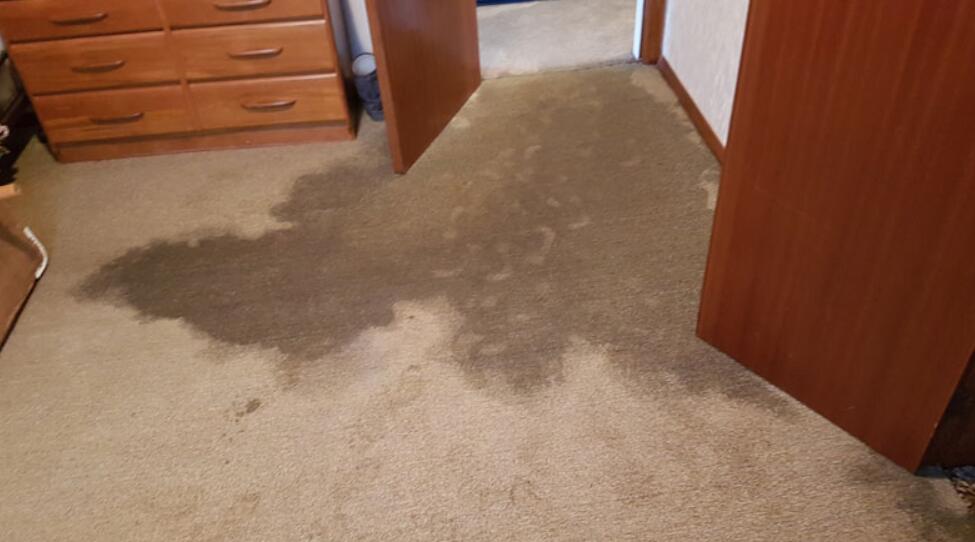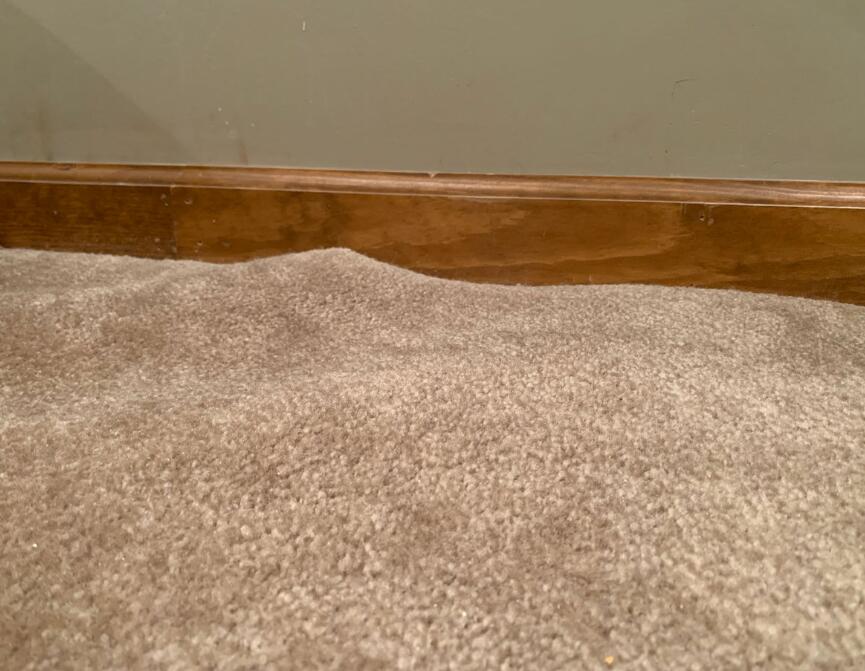One of the worst things that can happen is spilling water on your carpet. Not only does it create a big mess, but if not cleaned up properly, it can also lead to mold and mildew growth. So what do you do if you accidentally spill water on your carpet? Don’t worry – we’re here to help!
This blog post will show you how to get water out of the carpet without using a wet vacuum. You will learn:
- How to Dry Carpet Water Spills without a Wet Vacuum?
- Steps to Dry the Soaked Wet Floor Carpet
- Things to Check After You Dry Your Carpet
How to Dry Carpet Water Spills without a Wet Vacuum?
If there are just water spills in the carpet, here are some easy ways to remove the water and dry the carpet without a wet vacuum.
Use microfiber cloth
So, if you’re dealing with a small water spill on your carpet – one that’s not too large and doesn’t involve any deep-pile or shaggy areas – this is a great way to get the job done without having to use a wet vacuum cleaner. Just make sure you have some microfiber cloths on hand!
First, use the microfiber cloths to blot up as much of the water as possible. You’ll want to work quickly here, as you don’t want the water to have a chance to soak into the carpet fibers too deeply.
Once you’ve blotted up as much water as possible, set a fan next to the area and let it run for a few hours. This will help to speed up the drying process.
After a few hours, check on the carpet to see how it’s doing if it looks like it’s starting to dry out, great! If not, you can repeat the process until it does.
Use kitchen towels
Using kitchen towels to absorb water from wet carpets is an easy and convenient way to get the job done without using a wet vacuum.
Although this method proved successful in our test, it is important to note that it will take quite a few paper towels to soak up all the water if there is a lot of it on the carpet.
So, if you are dealing with a large spill, be prepared to use plenty of kitchen towels! This method is quick, convenient, and effective, but it is important to note that it will use quite a few paper towels if there is a lot of water on the carpet.
Use hair dryers
Using a hair dryer is an easy way to try and get water out of your carpet. However, it can be a slow process, so you may need to be patient.
Start by turning the hair dryer on its highest setting and moving it back and forth over the spill.
Keep doing this until most of the water has been absorbed. If there are any stubborn areas, you can use a towel to help soak up the remaining liquid.
Once you’ve done that, leave the area alone for a few hours so that it can completely dry out.
This method may not be the most efficient, but it is a quick and easy way to try and remove water from your carpet. If you have the time, it’s worth giving it a shot.
Use dehumidifiers
Another easy way is to get the water out without using a wet vacuum. All you need are some dehumidifiers.
There are a few things you should keep in mind when using dehumidifiers to dry out your carpet:
- Make sure the dehumidifiers are in a room with good airflow. If they are in a closed-in space, it will be harder for them to do their job.
- Make sure the humidity level in the room is below 50%. Otherwise, you could end up causing more damage to the carpet.
- Keep an eye on the dehumidifiers and make sure they don’t overheat. If they do, turn them off and let them cool down before turning them back on.
Not only will this method work well for getting water out of your carpet, but it will also help prevent mold and odors from forming.
Use heaters
You can use heaters to dry the carpet and remove the water. The evaporated water will go into the air, so it’s a good idea to use this method with a dehumidifier to keep the humidity down in your home.
Here are the steps you need to take:
- Turn on all of the space heaters in the room where the spill occurred.
- Place fans around the room’s perimeter to help circulate the warm air.
- Cover as much of the wet area as possible with towels or newspapers.
- Wait until all of the water has evaporated before removing anything from the floor.
If you follow these simple steps, your carpet should be completely dry in no time!
Steps to Dry the Soaked Wet Floor Carpet
If your floor carpet are soaked in water, then the above methods may not be able to dry your carpet effective; you need to follow the steps below:
Step 1. Stop the water source
First, you need to identify and stop the water source. If it’s raining, close your windows. If you have a leaky pipe or appliance, turn off the water at the main shutoff valve in your home.
If the flooding is due to a sewage backup, don’t try to fix it yourself. Turn off the water at the main shut-off valve and call a professional plumber or water damage restoration company.
Step 2. Remove all your wood furniture
Remember to remove all your small furniture and valuables from the floor area. If it’s impossible to lift them, place aluminum foil or plastic bags under the legs of the furniture to prevent rust or water damage.
And if your furniture has been sitting in water for a while, it’s best to discard it.
You should also open all your drawers and cupboards in the wet area to help them dry out.
If you have hardwood floors, remove any area rugs or carpet runners. These can soak up water and prevent your floors from drying properly.
Step 3. Turn off the electricity
Check for wet spots on your walls, floor, and ceiling. If you see any, avoid them and turn off the power at the breaker box. Pay attention to any sparks or burning smells, which could indicate a dangerous electrical situation.
If your home has standing water, you must avoid any contact with outlets, light fixtures, or cords. The best way to do this is to shut off the power at the breaker box.
Step 4. Use pumps
If you have a pump, start by removing any standing water. This will help to prevent further damage and make the drying process easier.
If you don’t have a pump, it is ok; you can use a scrubber squeegee to remove water.
Step 5. Use a scrubber squeegee to push the water
You can use a regular kitchen scrubber or a utility squeegee to push the water towards a drain. Work in small sections; be sure to wring out the sponge or squeegee frequently.
If you don’t have a pump or a squeegee, you can use a mop to remove the water. Be sure to wring it out frequently.
Step 6. Try the items above
Then use the items mentioned above, hair dryer, heater, kitchen towels, and old T-shirts to help dry the floor.
Step 7. Ventilate your room
It is important to ventilate your room after drying the wet carpet. You can open your windows and doors to let fresh air in.
This will help to evaporate the water and prevent mold from growing. However, you should also be aware that ventilating your room can cause your carpet to dry.
If you have a light-colored carpet, it is especially important to be careful not to over-ventilate, as this can cause the color to fade.
Generally, it is best to ventilate your room for a few hours after your carpet has been wetted and then close the windows and turn on a fan to help speed up the drying process.
Step 8. Call an expert
You may be able to fix the problem yourself. But if the flooding is severe, or if you are not confident in your ability to fix the problem, it is always best to call a professional.
Things to Check After You Dry Your Carpet
This is not the end! Here are three things to check after checking your dry carpet:
Check the Carpet Padding
Don’t forget to check the carpet padding. You know how frustrating it can be when the padding underneath retains water and takes forever to dry. But why does this happen?
It all has to do with the composition of carpet padding. Most types of padding are made from highly absorbent materials, such as cellulose fiber or foam rubber. These materials make carpets comfortable to walk on, but they’re not so great at repelling water.
As a result, when a spill occurs, the padding quickly absorbs the water, making it difficult to clean up. If it is soaked, you will need to replace it.
Check your wood subfloor
Check for any water damage to your wood subfloor. If the flooding was severe, there is a possibility that the water has seeped through the carpet and into the floorboards.
This can cause the boards to warp or swell and create an ideal environment for mold growth. If you see any signs of water damage, you will need to call a professional to fix the problem.
Check for Mold and Mildew
Be sure to check for mold and mildew. These can be dangerous to your health and should be removed immediately.
How long will it take for my wet carpet to dry?
It can take anywhere from a few hours to a few days for your wet carpet to dry, depending on the severity of the flood and the type of material it is made from.
What are things to avoid while drying my wet carpet?
You should avoid walking on the wet carpet as much as possible and avoid contacting any outlets, light fixtures, or cords.
Conclusion
We covered how to get water out of your carpet easily- no wet vacuum needed! You can use a regular kitchen scrubber, heater, dehumidifier, hair dryer or a utility squeegee to dry the carpet.
If the flooding is severe, it’s best to call in a professional. After the water is gone, be sure to check for carpet padding damage, water damage to your wood subfloor, and mold and mildew.



